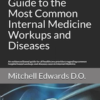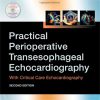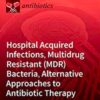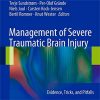Diagnosis and Management of Acute Exacerbations of COPD – Pharmacology CME
ebmedicine.netAs more and more patients present to the ED with symptoms that suggest an acute exacerbation of Chronic Obstructive Pulmonary Disease (COPD) –worsening dyspnea, cough and sputum production – emergency clinicians can improve patient comfort and possibly mitigate morbidity and mortality with the right testing and treatment interventions:
- COPD is a clinical diagnosis, but some tests can exclude comorbid conditions
- When to give antibiotics and when to culture
- The SpO2 range to aim for
- ECG findings typical of COPD
- The role of ultrasound
- Oxygen, bronchodilators, corticosteroids, and antibiotics: which ones, and how much?
- Reviewing noninvasive ventilation and intubation options
More than 1.7 million patients per year present to the emergency department requiring treatment for chronic obstructive pulmonary disease (COPD), with about 20% requiring inpatient hospitalization. This costs the United States, directly and indirectly, between $35 and $50 billion each year. The GOLD guidelines, updated in 2016, contain a consensus definition for acute exacerbation of COPD, risk assessment, and evidence-based management strategies.

















